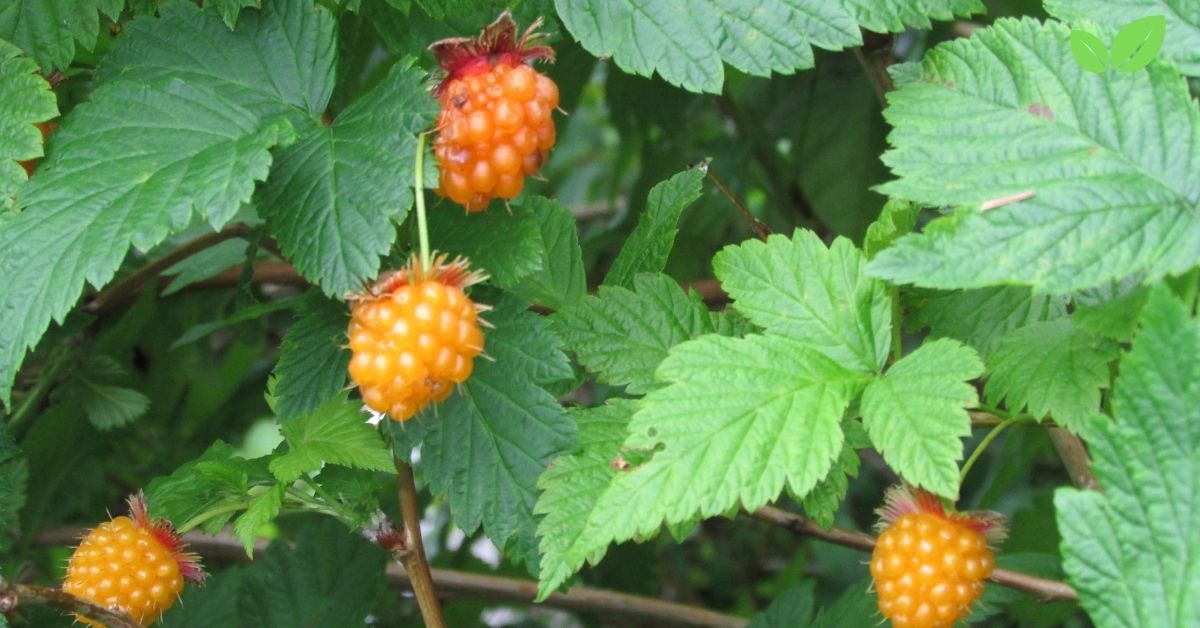Introduction
Alaska’s rugged and diverse landscape is home to an array of flora, including several trees with edible parts that have been integral to the survival and culture of indigenous peoples for centuries. In this article, we will explore the edible trees in Alaska, their ecological importance, traditional uses, and the role they play in sustaining both human populations and wildlife. These trees contribute to food security, biodiversity, and environmental sustainability in one of the world’s most extreme climates.
The Unique Environmental Context of Alaska
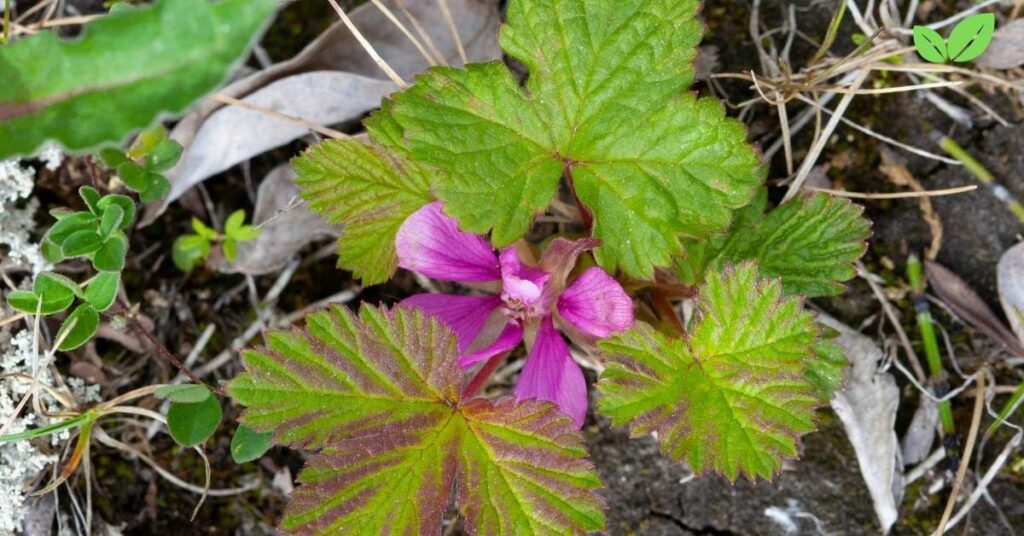
Climate and Ecosystems
Alaska’s climate is highly variable, ranging from temperate rainforests in the southeast to arctic tundra in the far north. The state experiences short, intense growing seasons with long days of sunlight in summer, followed by harsh, cold winters. These climatic conditions greatly influence the types of trees that thrive in Alaska, including those with edible components.
The state’s ecosystems include coastal forests, boreal forests, and alpine regions, each supporting its own set of plant species. Edible trees in Alaska are primarily found in the state’s vast boreal forest, also known as the taiga, which stretches across the interior and southern regions. This forest type is characterized by coniferous trees like spruce, but also includes several species with edible parts.
Traditional Knowledge and Indigenous Use
Indigenous peoples of Alaska, such as the Tlingit, Athabaskan, and Inupiat, have long relied on edible trees in Alaska for sustenance, medicine, and materials. These trees provided essential nutrients during times of scarcity and remain a critical component of traditional knowledge and subsistence practices. Understanding the ecological role and traditional uses of these trees provides insight into how local communities have sustainably managed their environments for generations.
Key Edible Trees in Alaska
Alaska is home to a variety of trees with edible parts, including their leaves, bark, inner cambium, sap, and seeds. Below, we explore some of the most notable edible trees in Alaska and their uses.
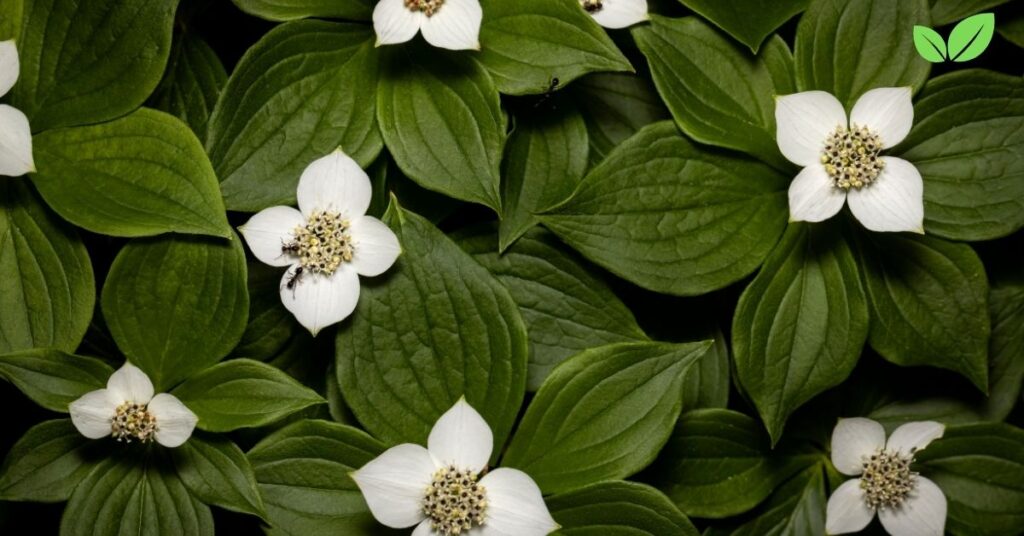
Paper Birch (Betula papyrifera)
The Paper Birch is one of the most recognizable edible trees in Alaska and a staple of traditional diets. This tree is common throughout the boreal forests of Alaska and is known for its striking white bark, which peels off in thin layers.
Edible Parts and Uses
- Sap: In the spring, the sap of the paper birch can be tapped and consumed as a refreshing drink. Birch sap is slightly sweet and contains vitamins and minerals, making it a valuable source of hydration and nutrition after the long Alaskan winter. It can also be boiled down to produce birch syrup, a popular alternative to maple syrup.
- Inner bark: The inner bark, or cambium layer, of the birch tree is edible and can be consumed fresh or dried and ground into flour. This was an important food source for indigenous peoples during times of food scarcity.
- Leaves and twigs: Birch leaves can be used to make tea, which is traditionally believed to have medicinal properties, including diuretic and anti-inflammatory effects.
The paper birch is not only a source of food but also provides materials for constructing canoes, baskets, and other tools. This makes it a valuable tree for both subsistence and cultural practices in Alaska.
Sitka Spruce (Picea sitchensis)
The Sitka Spruce is a large coniferous tree native to the coastal rainforests of Alaska. While its primary use is for lumber, certain parts of the Sitka spruce are also edible and have been utilized by indigenous communities for generations.
Edible Parts and Uses
- Inner bark: Similar to the birch, the inner cambium layer of the Sitka spruce is edible. It was traditionally harvested in the spring when it is most tender and was either eaten fresh or dried for later use. The inner bark is rich in carbohydrates and can be ground into flour or used to make a type of bread.
- Young shoots: The young shoots of Sitka spruce, which appear in the spring, can be eaten raw or cooked. They have a mildly sour taste due to their high vitamin C content and were historically consumed to prevent scurvy during long winters.
- Spruce tips: In addition to the shoots, spruce tips (the new growth at the ends of branches) are used to make tea, jams, or even spruce beer. These tips are a good source of vitamin C and are often harvested in early spring when they are tender and flavorful.
Sitka spruce forests play a critical role in Alaska’s coastal ecosystems, providing habitat for wildlife and stabilizing soils in the wet, coastal environment.
Black Spruce (Picea mariana)
The Black Spruce is another common conifer found in Alaska’s boreal forest, particularly in colder and more northern regions. Although not as widely utilized as the Sitka spruce, certain parts of the black spruce are edible and have been used for food and medicine.
Edible Parts and Uses
- Inner bark: As with other spruce species, the inner bark of the black spruce is edible and was traditionally harvested by indigenous peoples. The cambium is nutrient-rich and can be consumed fresh or processed into flour.
- Resin: Black spruce resin, while not typically eaten, has been used in traditional medicine to treat wounds and respiratory ailments. It is sometimes chewed like gum for its antimicrobial properties.
Black spruce trees are highly adaptable to the harsh conditions of the northern boreal forest, often growing in cold, wet soils where other trees cannot thrive.
Alaska Cedar (Callitropsis nootkatensis)
The Alaska Cedar, also known as Nootka cypress or yellow cedar, is native to the coastal regions of southeastern Alaska. While not traditionally used as a major food source, this tree has edible parts that are rich in nutrients.
Edible Parts and Uses
- Inner bark: The inner bark of the Alaska cedar is edible and can be consumed in a manner similar to other coniferous trees. Historically, indigenous peoples used the inner bark as an emergency food source during times of famine or food scarcity.
- Tea: Alaska cedar leaves can be steeped to make a tea with a slightly astringent flavor. The tea is traditionally used for its medicinal properties, particularly in treating colds, fevers, and digestive issues.
The Alaska cedar is a valuable tree for its timber, and it is also important in cultural practices. Its wood is highly resistant to rot and is used in the construction of canoes, totem poles, and other traditional items by indigenous communities.
Alder (Alnus spp.)
Several species of Alder trees are found throughout Alaska, with the Sitka Alder (Alnus viridis) being one of the most common. Alders are typically known for their role in enriching the soil by fixing nitrogen, but they also have edible parts that have been used traditionally.
Edible Parts and Uses
- Inner bark: The inner bark of alder trees is edible and was historically used by indigenous peoples during times of famine. It can be dried and ground into flour or eaten fresh, though it is often considered a last-resort food due to its bitter taste.
- Leaves and catkins: Alder leaves and catkins (the long, slender flower clusters) can be consumed in small quantities. While not a significant food source, they were used in traditional medicine, particularly for their anti-inflammatory properties.
Alder trees are ecologically significant because they improve soil fertility by fixing nitrogen, making them a key species in the regeneration of disturbed or degraded lands. Their role in supporting other plant species indirectly contributes to the availability of edible plants and trees in Alaska’s ecosystems.
Mountain Ash (Sorbus aucuparia)
The Mountain Ash, also known as Rowan, is a smaller tree found in Alaska’s boreal forests and subalpine regions. Its bright red berries are edible and have been used in both indigenous and European folk traditions.
Edible Parts and Uses
- Berries: The berries of the mountain ash are edible but very tart and bitter when raw. They are often harvested after the first frost, which reduces their bitterness. The berries can be cooked down to make jams, jellies, or syrups and are high in vitamin C. In some traditions, mountain ash berries were used to make fermented beverages or preserves that helped prevent scurvy.
- Leaves and flowers: While less commonly consumed, the leaves and flowers of mountain ash have been used to make teas and tinctures in traditional medicine, often for treating digestive or respiratory ailments.
Mountain ash trees are important for wildlife as well, providing food for birds and small mammals during the winter months when other food sources are scarce.
Ecological Importance of Edible Trees in Alaska
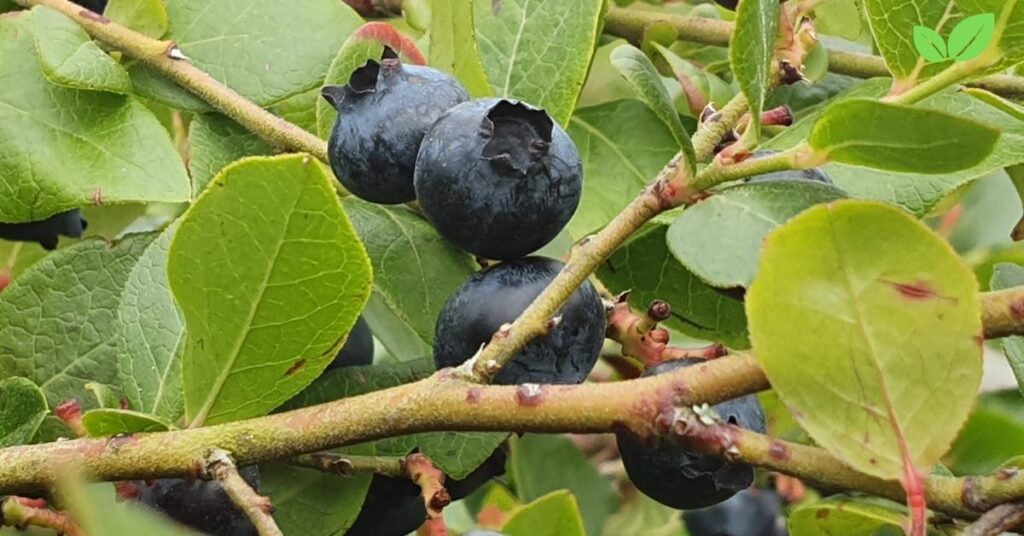
Supporting Biodiversity
Edible trees in Alaska play a crucial role in supporting biodiversity within the state’s ecosystems. Many of these trees provide food not only for humans but also for a wide range of wildlife species. Birds, squirrels, bears, and moose all rely on the fruits, seeds, and foliage of edible trees for sustenance, especially during the harsh winters when other food sources are scarce.
In addition, the presence of edible trees like alder and spruce contributes to the health of the soil by adding organic matter and improving nutrient cycling. Nitrogen-fixing species like alder enrich the soil, supporting the growth of other plant species that depend on nutrient-rich environments.
Climate Resilience and Carbon Sequestration
Trees in Alaska’s boreal forests, including edible species like paper birch and spruce, are important for carbon sequestration. These trees absorb carbon dioxide from the atmosphere, helping to mitigate the effects of climate change. Boreal forests, in particular, are known for their ability to store large amounts of carbon in both the biomass of trees and the soil. The role of edible trees in Alaska extends beyond food production; they contribute significantly to the global carbon cycle by acting as carbon sinks. This is especially important in the context of climate change, as the boreal forest regions, including those in Alaska, are warming at a faster rate than other parts of the world.
By promoting the growth and conservation of edible tree species, local ecosystems can maintain their resilience in the face of climate change. In addition to sequestering carbon, these trees help regulate local climates by providing shade, reducing evaporation, and maintaining soil moisture levels.
Soil Health and Nutrient Cycling
Several edible trees in Alaska, particularly alders and birches, contribute to nutrient cycling by enriching the soil. As previously mentioned, alders are nitrogen-fixers, meaning they take atmospheric nitrogen and convert it into a form that plants can use. This process not only improves the health of the soil but also supports the growth of neighboring plants that depend on nitrogen for growth.
Fallen leaves, needles, and branches from edible trees also contribute to soil health by decomposing and adding organic matter to the soil. This organic matter enhances soil structure, improves water retention, and supports microbial communities that are essential for nutrient cycling. The overall health of Alaska’s ecosystems is closely tied to the presence of these trees, which maintain soil fertility and ecosystem productivity.
The Role of Edible Trees in Alaska’s Indigenous Culture and Subsistence
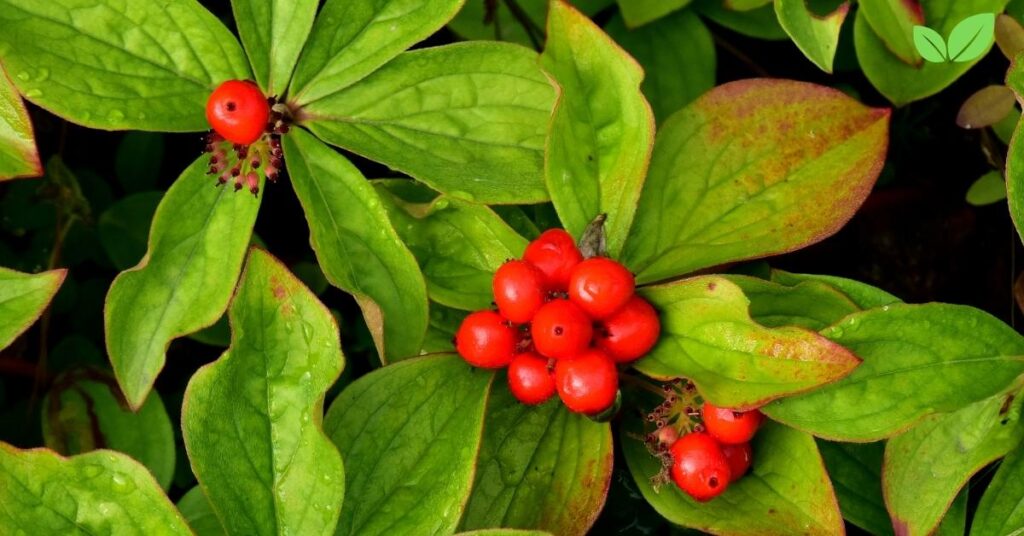
Traditional Knowledge and Sustainable Harvesting
For indigenous communities in Alaska, edible trees are deeply intertwined with cultural practices and survival. Traditional knowledge passed down through generations provides insights into how to sustainably harvest food from the forest while ensuring that the trees and their ecosystems are protected. Indigenous peoples have long practiced sustainable harvesting methods, such as selectively harvesting parts of the tree (e.g., sap or bark) without harming the entire organism, allowing the tree to continue growing and regenerating.
For example, when harvesting sap from birch trees, indigenous peoples traditionally used careful tapping techniques that minimized damage to the tree. Likewise, the inner bark of spruce trees was often harvested in small quantities to ensure that the tree remained healthy. This sustainable approach ensured that edible trees remained a renewable resource, providing food and materials year after year.
Edible Trees as a Lifeline During Winter
In Alaska’s harsh environment, the ability to find and utilize edible trees was essential for survival, particularly during the long winter months when other food sources were scarce. Trees like paper birch and Sitka spruce provided vital nutrition during times when hunting or fishing yielded limited results. The ability to tap trees for sap or harvest inner bark offered a reliable source of carbohydrates and nutrients when other plant-based foods were unavailable.
Spruce tips, for example, were highly valued for their vitamin C content and were used to prevent scurvy, a common ailment in northern regions during winter. Indigenous peoples also used the resin of spruce trees as a natural antiseptic for treating wounds and infections. These practices highlight the importance of edible trees not only as food sources but also as providers of essential nutrients and medicines.
Cultural Significance
Beyond their practical uses, edible trees in Alaska hold deep cultural significance for many indigenous communities. Trees such as cedar and birch are often associated with specific ceremonies, storytelling, and artistic traditions. For example, the Alaska cedar has been used for centuries to create totem poles, canoes, and ceremonial objects, with every part of the tree being respected and utilized in a way that honors its place in the natural world.
In addition to their use in material culture, edible trees are often featured in the traditional knowledge that governs how natural resources should be managed and harvested. These teachings emphasize the interconnectedness of humans, trees, and the environment, promoting a holistic approach to resource management that ensures the health of the ecosystem for future generations.
Environmental Challenges Facing Edible Trees in Alaska
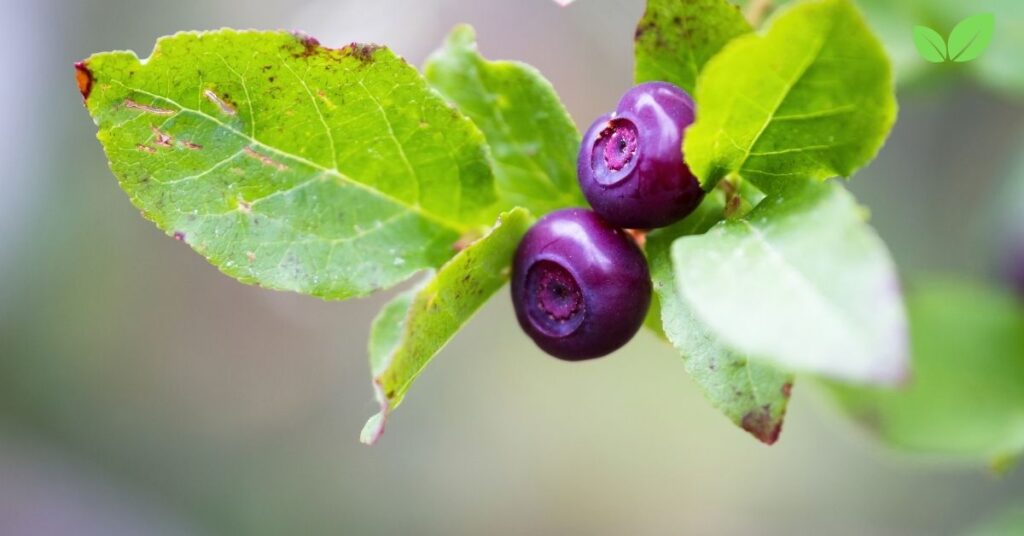
Climate Change and Warming Temperatures
One of the most significant threats to edible trees in Alaska is climate change. As temperatures in the Arctic and subarctic regions rise, the growing conditions for many of Alaska’s native tree species are shifting. Warmer temperatures can lead to drought stress, increased pest activity, and changes in the timing of seasonal growth, all of which threaten the health and survival of these trees.
For example, warming temperatures in Alaska have led to outbreaks of the spruce bark beetle, which has devastated large swathes of spruce forest. The loss of spruce trees not only affects wildlife but also reduces the availability of edible parts like spruce tips, which are important food sources for both humans and animals.
Additionally, changes in the timing of sap flow in birch trees due to earlier springs could disrupt the traditional practice of tapping birch trees for sap. If trees begin to flow sap too early, the window for harvesting this valuable resource may be shortened, reducing the availability of birch syrup and other products.
Habitat Loss and Human Development
As Alaska’s human population grows and development expands, habitat loss poses another significant challenge to edible trees. Deforestation for agriculture, logging, and infrastructure projects can lead to the fragmentation or outright loss of forested areas where these trees thrive. This not only reduces the number of edible trees available but also disrupts the ecological processes that support their growth.
For example, the expansion of urban areas or transportation networks can fragment the forests, isolating tree populations and making them more vulnerable to environmental stressors. Habitat loss also affects wildlife that depends on edible trees, potentially leading to a cascade of ecological consequences as food webs are disrupted.
Overharvesting and Unsustainable Practices
While edible trees in Alaska have historically been harvested sustainably by indigenous peoples, there is a growing concern that overharvesting could become an issue, particularly as interest in wild foraging and natural products increases. Unsustainable harvesting practices, such as tapping too many birch trees for sap or removing too much inner bark, can weaken or kill trees, reducing the overall health of the forest ecosystem.
Commercial interests, such as the production of birch syrup or the harvesting of spruce tips for culinary use, also raise concerns about overexploitation. Without proper regulations and sustainable harvesting practices, the increased demand for products derived from edible trees could lead to long-term damage to Alaska’s forests.
Conservation and Sustainable Use of Edible Trees in Alaska

Promoting Sustainable Harvesting Practices
To protect the future of edible trees in Alaska, it is crucial to promote sustainable harvesting practices that balance human needs with environmental conservation. Education and outreach programs aimed at foragers, farmers, and commercial producers can help raise awareness about the importance of harvesting trees in ways that do not harm the overall ecosystem.
This includes teaching proper tapping techniques for birch and maple trees, limiting the amount of inner bark harvested from trees like spruce and alder, and setting sustainable quotas for the collection of edible parts like berries or spruce tips. Indigenous knowledge and practices offer valuable insights into how these resources can be managed sustainably, and incorporating this knowledge into modern conservation efforts is key.
Forest Management and Reforestation
In areas where habitat loss or degradation has affected the populations of edible trees in Alaska, reforestation and habitat restoration efforts can help restore these vital ecosystems. Planting native species like paper birch, Sitka spruce, and alder can support biodiversity and promote the long-term health of the forest.
Incorporating edible trees into broader forest management plans is also important. By prioritizing the protection of forests that contain high concentrations of edible tree species, Alaska can ensure that these trees continue to provide food, medicine, and cultural value for future generations.
Research and Monitoring
Ongoing research and monitoring are essential for understanding how climate change and other environmental factors are affecting edible trees in Alaska. By tracking changes in tree health, growth rates, and the timing of key events like sap flow or fruiting, scientists can better predict how these trees will respond to future challenges.
Research can also help identify which tree species and populations are most vulnerable to climate change and other stressors, allowing for targeted conservation efforts. For example, understanding which populations of birch trees are most resilient to warming temperatures could inform reforestation and conservation strategies that prioritize these populations.
Conclusion
Edible trees in Alaska are vital components of the state’s ecosystems, providing food, medicine, and materials for both humans and wildlife. From the nutrient-rich sap of the birch tree to the vitamin-packed spruce tips, these trees have sustained indigenous communities for generations and continue to play an important role in Alaska’s cultural and ecological landscape.
However, these trees face significant challenges from climate change, habitat loss, and unsustainable harvesting practices. To ensure their survival, it is essential to promote sustainable harvesting, invest in reforestation efforts, and continue researching the impacts of environmental change on these important species.
By protecting and conserving edible trees in Alaska, we not only safeguard a valuable food source but also maintain the ecological integrity of Alaska’s forests, ensuring that they continue to thrive for generations to come.
Read More: Is the Wintergreen Found in Alaska Edible? Exploring Its Ecological Significance and Uses

